You ever hit that point in life where you’re making “good money” but somehow still flinch every time your rent hits? Same. For a lot of us, $200K used to sound like we’d made it—like, full-on “treat yourself” mode, no questions asked. But in some parts of America, that kind of cash barely keeps the lights on, let alone funds your oat milk latte habit or spontaneous weekend getaways. Between sky-high housing costs, absurd childcare fees, and local taxes that act like they’re personally offended by your income, your supposedly “comfortable” salary starts to feel like a cosmic joke.
Whether it’s coastal cities with gold-plated grocery aisles or mountain towns where heating bills deserve their own zip code, some places are draining wallets faster than you can say “Costco sample run.” And no, you’re not imagining it—your spreadsheet is screaming for backup. So if you’ve ever looked at your bank account and thought, “How am I broke again?” despite earning more than your parents did combined, this one’s for you. Here are 12 places in America where even a $200K paycheck feels like you’re barely scraping by. Grab your cold brew and let’s take a tour.
1. San Francisco, CA
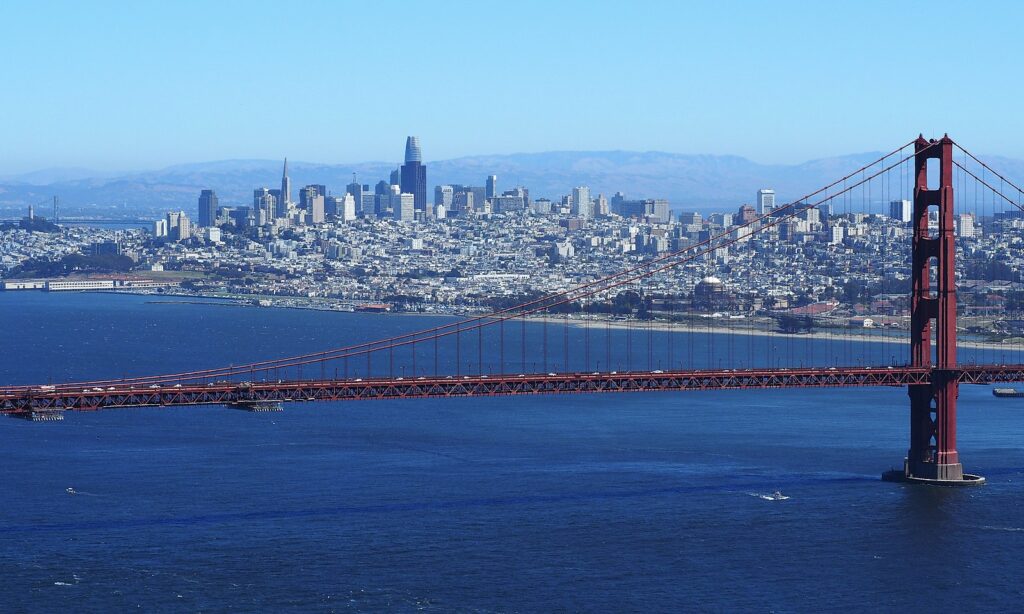
Move over, Golden Gate selfie spots—your rent might just be the real landmark. A family of four in the Bay Area needs at least $134,000 a year just to cover basics like housing, childcare, and transportation, and that number jumped nearly $15,000 since 2023, according to Axios. Even dual-income households making north of $200K are living paycheck to paycheck, especially when San Francisco proper has median home prices flirting with $1.4 million. Utilities and groceries run about 48% and 23% above the national average, respectively, so your dream of whipping up a snap-worthy dinner at home might cost more than eating out. Add in city taxes and that jaw-dropping transit pass, and suddenly your take-home pay feels more like a part-time gig.
Hit “refresh” on your budgeting app enough times, and you’ll find yourself negotiating rent hikes like it’s a high-stakes poker game. Parking? That’s a whole other level of sticker shock—$400 a month in some neighborhoods! When you factor in childcare that chews up nearly a quarter of your salary, it’s no wonder 27% of Bay Area households can’t make ends meet. Pro tip: if you’re eyeing that tech-bro mansion tour, remember even they’re feeling the squeeze—San Francisco’s looming budget deficits threaten public services, which means taxes could climb higher. And let’s be real, if you’re not ready to trade your boutique gym membership for free yoga in the park, you might as well pack your bags.
2. Manhattan, New York, NY
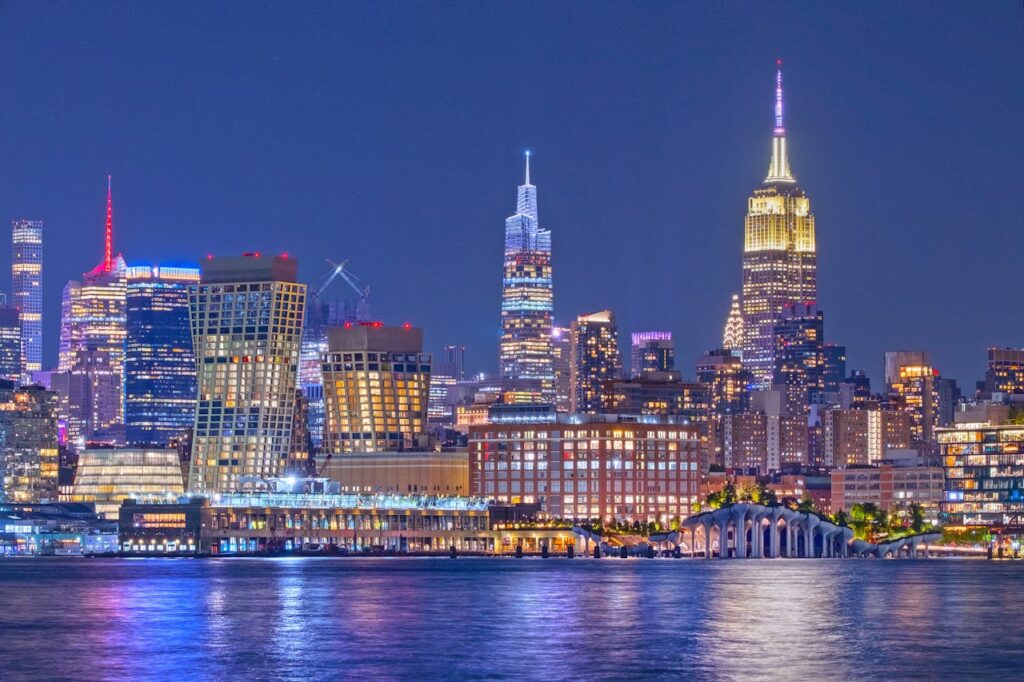
Welcome to the island where your wallet cries more than you do on a Sunday evening. Manhattan’s cost of living clocks in at over twice the national average, with median home prices around $1.2 million, making it the most expensive U.S. city to live in, per Investopedia. Even if you’re bankrolling a six-figure salary, expect to spend 50–60% of it on rent or mortgage alone—good luck finding a one-bedroom under $3,500 a month! Groceries, utilities, and that kinetic energy you spend dodging tourists in Times Square all add to the tab. And yes, your quarterly apartment hunt with five roommates still ends with you in a shoebox apartment in Hell’s Kitchen.
Weekends? They’re all about brunch spots where eggs Benny set you back $25, and rooftop bars where that neon-pink cocktail costs more than your first car. Public transit is superb, but MetroCard fees and surge-priced taxis are more “to the moon” than your Spotify Wrapped share count. Taxes? State, city, and good ol’ FICA will slice your paycheck like you’re on “Chopped.” Even top-earning Wall Street types aren’t immune; after taxes and living costs, $200K feels barely enough to keep up appearances in Midtown’s fifth-floor walk-ups. So if you’re dreaming of skyline selfies, brace yourself for the real estate roller coaster.
3. Honolulu, HI
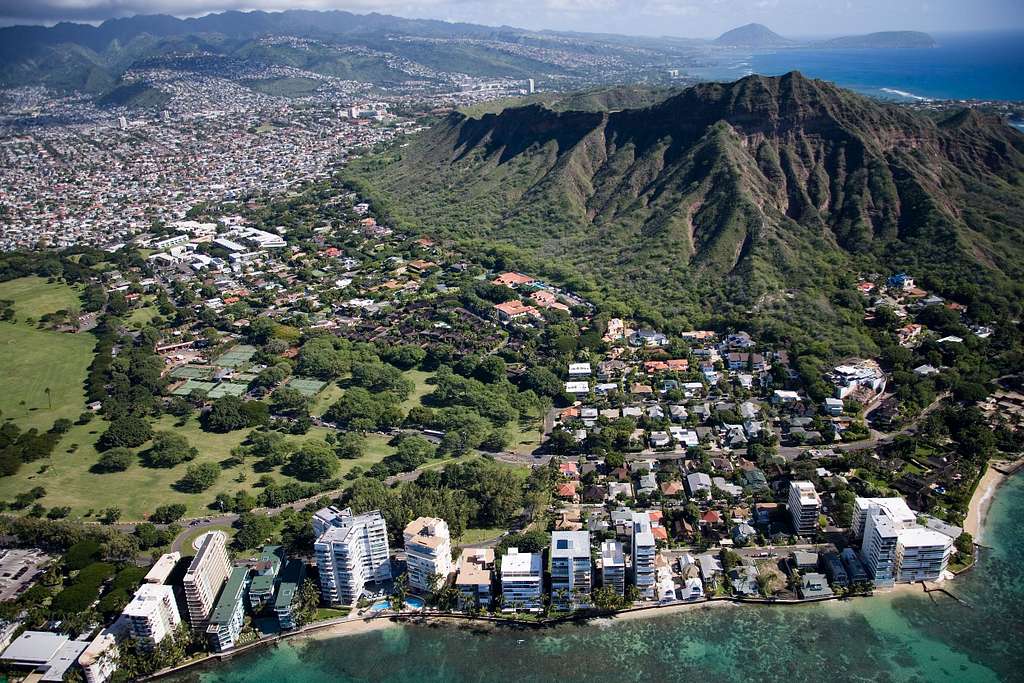
Aloha… to budgeting nightmares. Sure, beaches and sunsets are free, but everything else—from groceries to gas—carries a premium for island logistics. You need north of $300K to feel like you’re living on $100K elsewhere, per Bloomberg. Rent for a modest two-bedroom can easily top $2,500 monthly, and those delicious poke bowls? They’ll cost you closer to $20 a pop. Utility bills rocket thanks to imported goods, and fresh produce often arrives with a “vacation tax.”
Healthcare, childcare, and transportation aren’t much kinder: helicopter-ride prices for urgent specialist appointments are a real thing here. Even veteran kama‘Äina who pull in solid salaries find themselves picking up extra side hustles—surf instructors and hula performances aren’t just passion projects; they’re income savers. If you thought Cali was pricey, Hawai‘i’s island life will have you dreaming of mainland moves. The only thing more inflated than this paradise’s rent? Your sense of disbelief when you see your bank statement.
4. Boston, MA
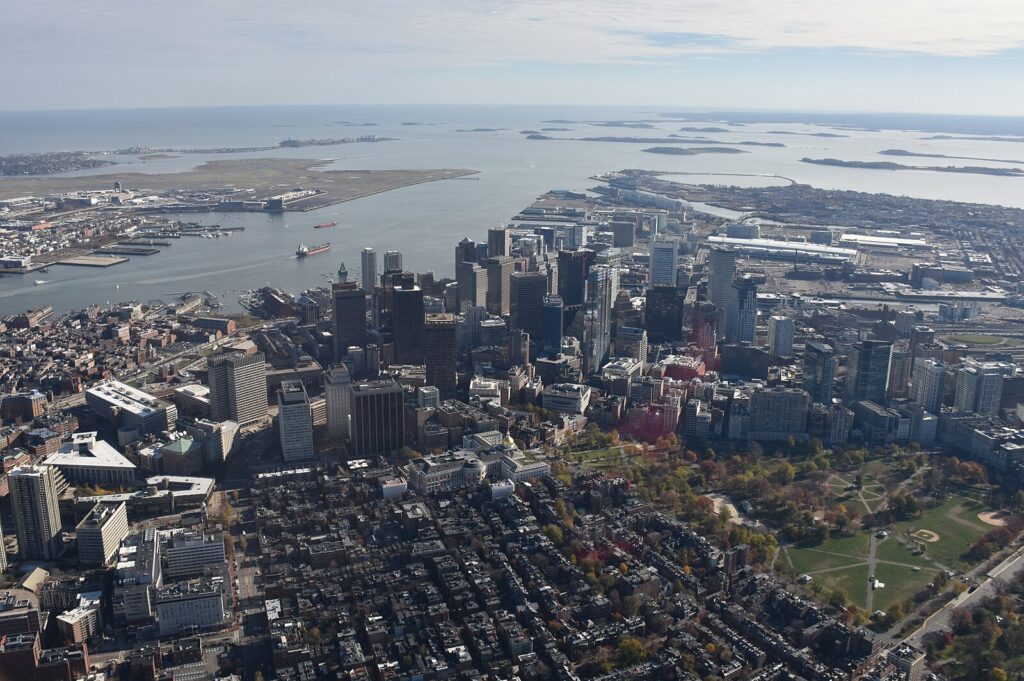
Boston’s historic charm comes at a wallet-draining cost. Housing prices have surged so fast you’ll need a Harvard-level loan to keep up. Families in the metro area face monthly expenses exceeding their earnings by over $1,600, ranking it among the least affordable U.S. metros, as reported by Business Insider. That quaint brownstone you’ve been eyeing? Plan to shell out north of $600,000 just to get a foot in the door. And that’s before you factor in utilities that run 20% above the national average.
Between skyrocketing childcare costs—sometimes rivaling your mortgage—and parking fees that make you wonder if your car’s doing you a favor, even six-figure earners find themselves skipping date nights. Taxes here are a trifecta of state, local, and the occasional “beer tax” on craft brews. Education is top-notch, but those student loan payments come back like a bad sequel, eating your disposable income. When you throw in winter heating bills that could power a spaceship, $200K barely keeps you ahead of the snow plow.
5. Washington, D.C.
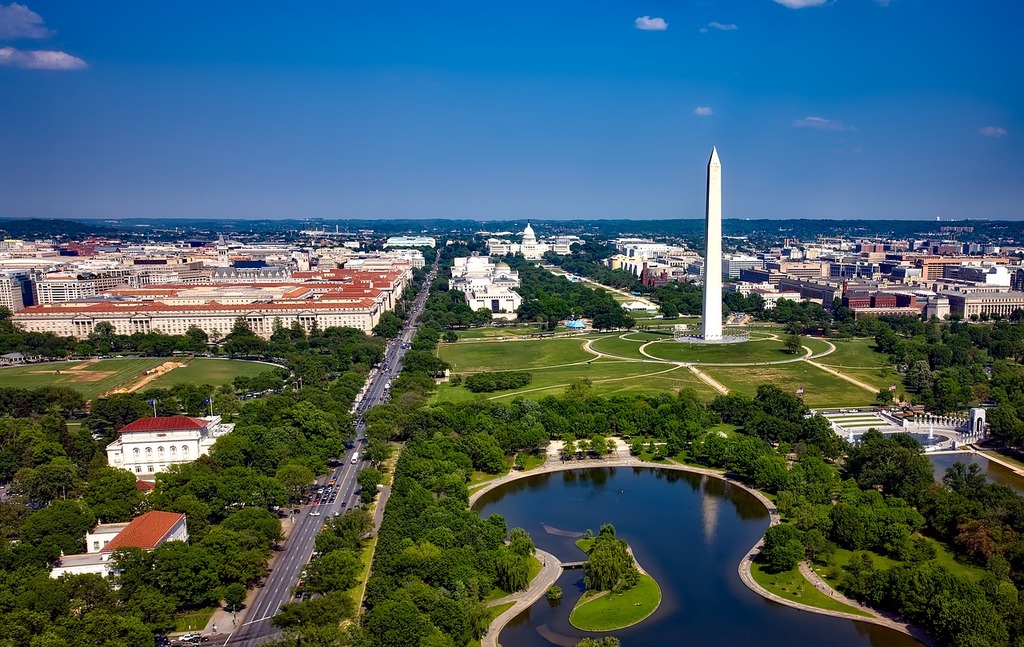
Power lunches and monuments aside, D.C. is a financial beast of its own. Mercer’s 2024 Quality of Living ranking pegs it as one of the pricier American cities for expats, with soaring rents and living expenses that eat into even comfortable salaries—shout-out to Mercer. Your trendy Capitol Hill row house? It’ll cost you around $3,200 a month, minimum. Utilities and commuting—hello, Metro fares!—chip away at take-home pay, while dining out or grabbing a craft cocktail in Georgetown will feel like a donation to the “historic city fund.”
Government jobs have great benefits, but that sweet pension plan doesn’t pay the landlord. Even tech and consulting gigs in Rosslyn or Crystal City—home to some of the region’s highest-paying roles—leave you projecting Excel sheets just to make rent. Property taxes vary wildly by county, so friendly advice: check your ZIP code before falling in love with a place. And if you thought federal holidays meant time off? They just mean more brunch crowds and higher weekend rates at your favorite hotel. When your Starbucks habit and casual Ubers start to look like Wall Street expenses, you know $200K isn’t the financial fortress you thought it was.
6. Los Angeles, CA
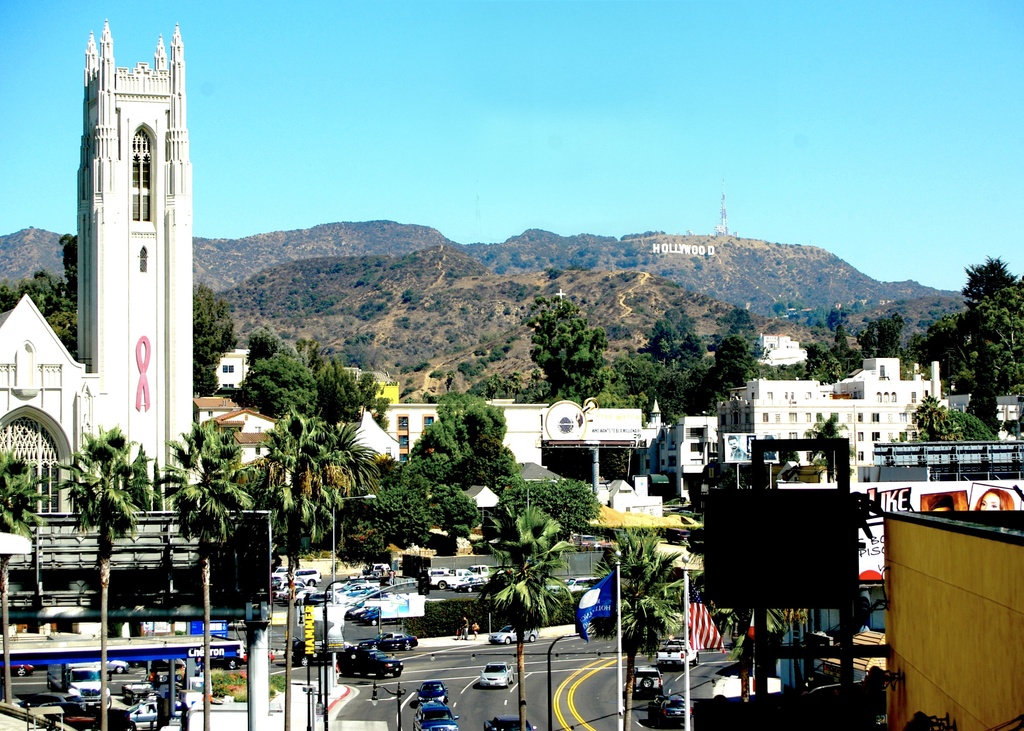
LA is where gluten-free, dairy-free, fun-free lattes cost the same as your rent back home. You’ll swear your paycheck evaporates the second it hits your bank account—thanks to sky-high rents in Venice, West Hollywood, and Silver Lake. Even a modest one-bedroom in a semi-decent neighborhood will set you back well over $2,500 a month, and that’s before you factor in traffic-induced UberXL surges. Utilities are laughably expensive, and your “affordable” green juice habit quickly becomes a lifestyle liability. With cardio disguised as daily freeway stop-and-go, your car insurance premiums look like a Netflix subscription on steroids.
Weekends devour your wallet in beachside brunches at $30 a plate and rooftop bar cocktails that require a small inheritance. Parking isn’t free—which means you’re endlessly circling blocks, contributing to LA’s unofficial cardio regime. Yoga studios charge you per drop-in like it’s a club membership, and your FitBit congratulates you on minimal steps because you’re stuck in your ride-share again. When Lyft and post-production editing bills collide, your disposable income looks more like a cautionary tale. By the time you pay for kale salads, studio rent, and that un-air-conditioned closet you call home, $200K feels more like a generous allowance than a plush lifestyle.
7. Miami, FL
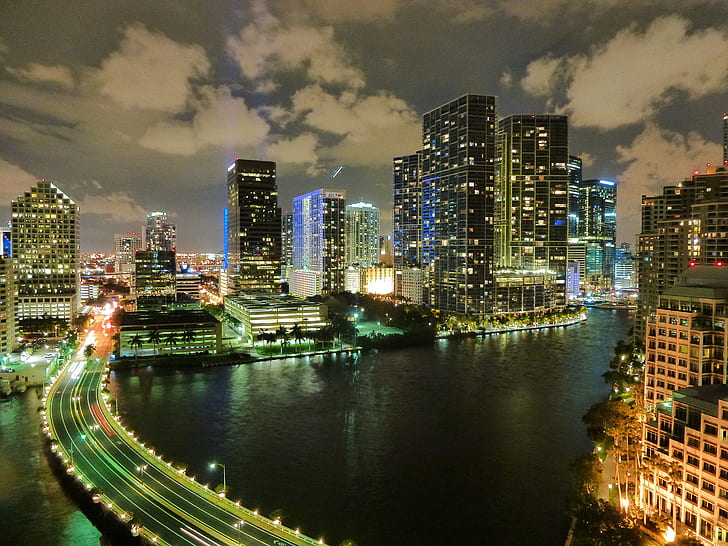
Miami’s heat isn’t the only thing that’ll make you sweat; your budget will too. Ocean-adjacent rents rival those in LA, and condos in South Beach will have you questioning your life choices when your landlord charges extra for salt-air corrosion insurance. Grocery runs become mini financial planning sessions—avocados at $3 apiece and plant-based milks that cost more than artisanal honey. Add in HOA fees, flood insurance, and a utility bill that spikes during hurricane season, and your take-home pay becomes a myth. Your Airbnbs for visiting parents feel more like charity donations.
Then there’s the nightlife siren call: $20 mojitos, VIP table minimums, and cover charges that feel personal. Weekend boat rentals and “influencer-approved” pool parties devour your balance faster than you can Snapchat your cabana. Traffic on the MacArthur Causeway is a free cardio session—you’ll burn calories circling parking garages, but lose dough on meter fines. And let’s not forget health insurance premiums that reflect the local cost-of-living premium. Once you factor in all that sun, sand, and FOMO, that sweet $200K starts to look like pocket change in Wynwood.
8. Seattle, WA

Seattle is a caffeine-fueled siren that lures you with free Wi-Fi and artisanal toast before slapping you with an astronomical cost of living. Coffee shops might be everywhere, but so are rent hikes—Capitol Hill and Queen Anne command rents north of $2,400 for a studio. Utility bills spike thanks to nearly year-round heating and imported power costs, and your electricity usage rivals a small bakery. Grocery prices in Pike Place are tourist-trap steep, so your kale salads feel like splurges. Traffic congestion on I-5 has you considering a kayak for your morning commute.
Your beloved hiking trails come at a cost when your outdoor gear addiction needs constant fuel and upgrades. Gym memberships charge you extra for sauna access, because obviously you need to “wellness-spend” to survive those gray winters. Childcare and preschool slots fill up faster than your Amazon cart—expect to pay more than your monthly car payment for a toddler seat. Parking in South Lake Union turns your Prius into a luxury vehicle with premium fees. By the time you tally up artisan doughnuts, boutique yoga passes, and your mid-century modern rent, $200K feels like a generous tip.
9. San Jose, CA
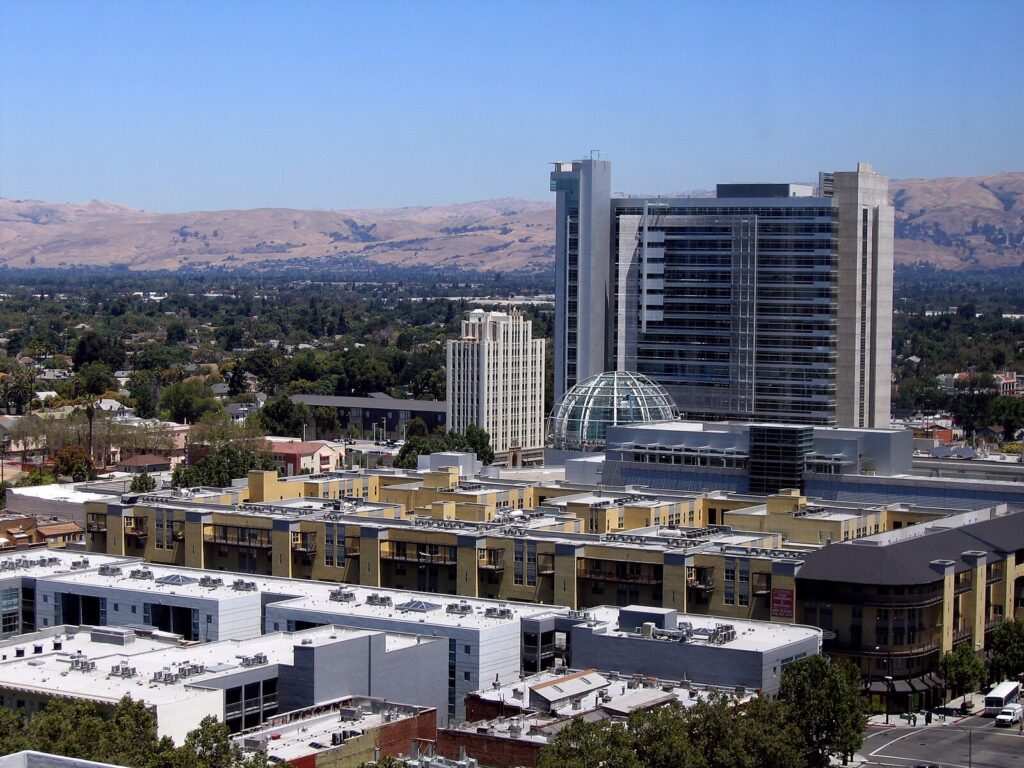
Welcome to the Silicon Valley vortex, where your salary might be shiny but your expenses are shinier. Even junior engineers live in Tetris-like townhomes because a modest one-bedroom rings in around $3,000 a month. Utility costs, especially during those rare heatwaves, feel like surprise credits to PG&E. Fresh, local produce is delicious—and priced like fine jewelry—so your farmer’s market habit becomes a feat of financial willpower. Commuting down US-101 saddles you with carpool lanes that demand luxury-brand rides for entry.
Coworking spaces charge you for the privilege of a desk, and happy hour in Santana Row empties your wallet faster than it fills your glass. Property taxes hover near 1.2%, so your dream of homeownership resembles a spreadsheet nightmare. Childcare in the Valley is the ultimate side-hustle catalyst—your babysitter’s resume might outshine yours. Parking garages at tech campuses bill you like exclusive nightclubs. All told, that handsome paycheck starts to feel like pocket change in the heart of innovation.
10. Aspen, CO
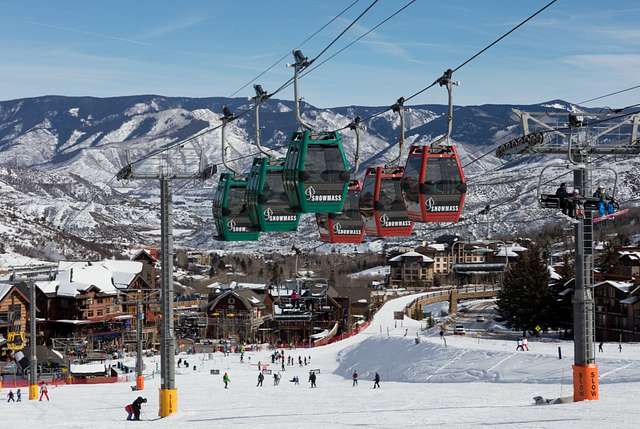
Aspen is where your winter coat costs more than your ski lessons—and your mortgage rivals Mont Blanc. A modest ski-in condo can easily fetch $1.5 million, and that’s before the HOA fees that cover your heated driveway and dog-whisperer service. Monthly utility bills spike in winter to keep your fireplace roaring, and summer AC costs aren’t a joke, either. Grocery runs at the local market come with “mountain premiums,” so your organic eggs feel like gems. Every après-ski cocktail seems to have a geological surcharge.
Weekend escapes turn into weekend expenses when lift tickets hover near $200 a day, and private lessons feel like micro-investments. Art galleries and boutique shops cater to the ultra-rich, so impulse buys start at four figures. Road maintenance fees and snow-removal taxes pop up on your property tax bill like unwanted pop quizzes. Health insurance premiums reflect the local cost explosion—you literally pay for altitude. When you factor in all that “summit life” style, $200K barely covers wardrobe updates, let alone those mountain-view dreams.
11. Greenwich, CT
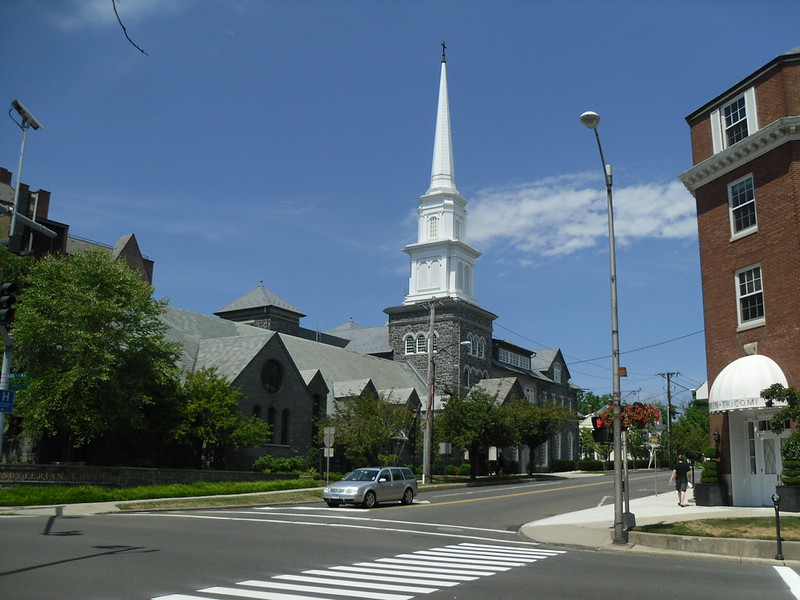
Greenwich is the playground for hedge funders, and your wallet better bring its A-game. A typical Colonial or shingle-style home will set you back north of $2 million, and property taxes alone can eclipse six figures annually. Homeowners associations add fees for private beach and yacht club access, because obviously you need the social cachet. Grocery shopping at Whole Foods feels like a downtown gala—your cart easily nudges into four digits. Commuter rail to Manhattan comes with its own pricing tier, so your monthly passes are a budget buster.
Golf club dues and country club dress codes add hidden costs to your social life, turning casual outings into financial escapades. Summer camps for the kiddos cost as much as your college fund contributions. Winter heating and summer cooling rates reflect the town’s premium zip code. Landscaping and yard maintenance require professional crews, because your backyard can’t mow itself in style. All in, that six-figure salary feels more like a down payment than disposable income.
12. Santa Barbara, CA
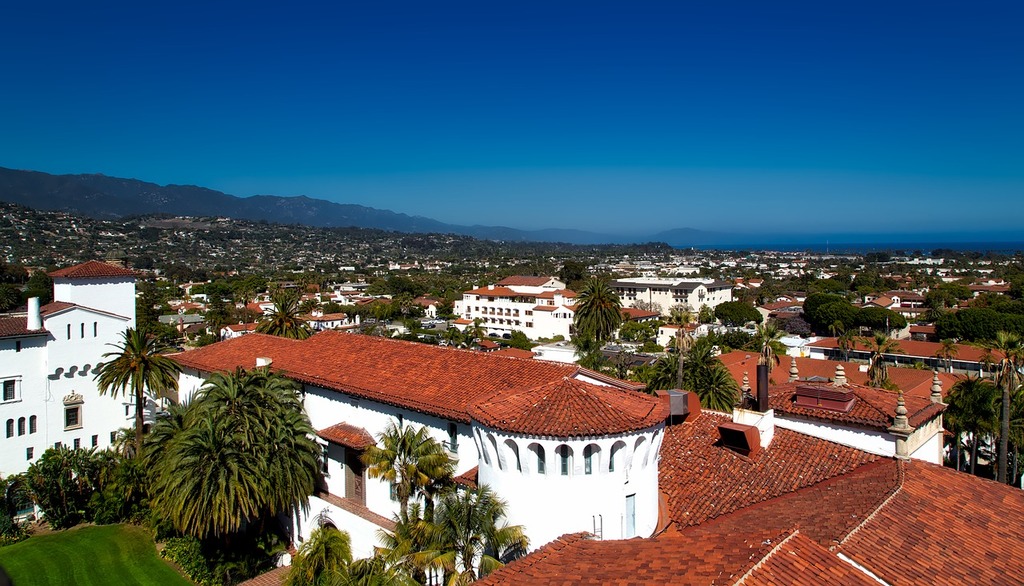
Santa Barbara is sunshine and Spanish-style charm—with a side of exorbitant living costs. Beachfront bungalows list for over $1 million, and foothill views cost you even more. Those palm-tree-lined streets come with utility bills that spike during fire season and pricey water rates year-round. Grocery runs in downtown farmers’ markets feel like boutique experiences—your artisanal cheese habit adds up fast. Weekly farmers’ market splurges make your foodie Instagram look luxurious, but your bank account bittersweet.
Commuting by bike is idyllic until you realize bike maintenance and e-bike upgrades are serious line items. Yoga retreats and surf lessons are practically mandatory for FOMO-fueled “balance,” but your wellness budget starts to crack. Parking downtown has you feeding meters like arcade machines, and valet costs sneak into your dinner bill. Property taxes and coastal hazard insurance raise your homeowner’s premiums to dizzying heights. Factor in weekend wine-tasting road trips, and you’ll see why $200K in this seaside paradise feels more like a generous suggestion than a safety net.
This article is for informational purposes only and should not be construed as financial advice. Consult a financial professional before making investment or other financial decisions. The author and publisher make no warranties of any kind.








